Panamanian washing flower butterfly coffee rose summer blend is not a single coffee bean?
Professional coffee knowledge exchange more coffee bean information please follow the coffee workshop (Wechat official account cafe_style)
Qianjie Coffee will be questioned by guests when mixing coffee beans in Panamanian rose summer is not a single coffee bean. The information obtained from the inspection of Qianjie coffee shows that, due to the historical reasons of the manor, in order to pursue yield at that time, the early rose summer varieties were mixed with the coffee trees of Kaddura and Kaduai, and in order to facilitate picking, coffee farmers later subdivided three varieties and directly mixed the three varieties at the time of export to achieve the mellow flavor they wanted to express. The three varieties in the flower butterfly are all from the same place and the same producing area, so it belongs to the single bean.
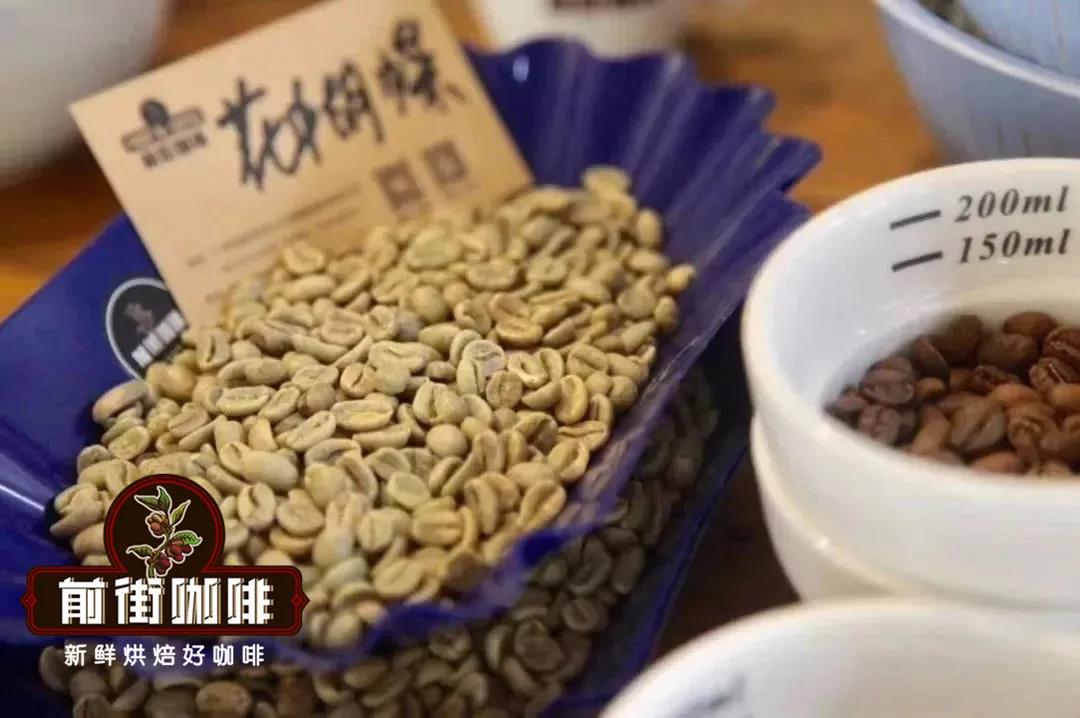
Qianjie believes that coffee beans made from a mixture of different varieties are also called "blending" just to highlight one of the varieties, not in the traditional sense. Just like the native varieties in Ethiopia, they are planted in a mixed form because of the complexity of the varieties. The difference between Ethiopian native varieties and rose summer blending is that one is natural mixing and the other is artificial mixing.
Pokuit producing area of Panama
Boquete
Pokuit is well known as one of the coffee producing areas of Panama. it is located to the east of Mount Baru. Pokuit has excellent planting conditions, with coffee growing at 1200 to 2000 meters, with a minimum temperature of about 11 degrees Celsius and a maximum temperature of about 27 degrees Celsius, which is neither frost nor too high, with a large temperature difference at the same time. Because of the altitude and soil advantages, Qianjie tests the different coffee beans in the area by cup, the flavor can be mellow nutty aroma, can also be charming flower and fruit aroma, very rich.
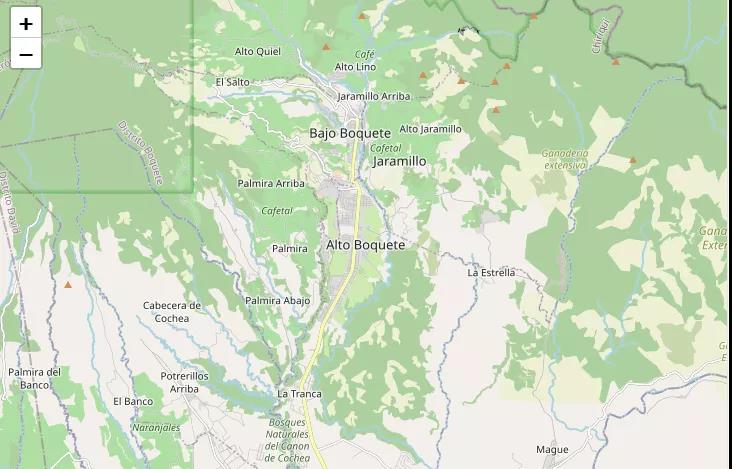
As early as more than 100 years ago, after the construction of the Grand Canal, a large number of senior European intellectuals were attracted by the charming coffee flavor of coffee beans in Pokuit and began to buy estates to grow coffee. At the beginning of the Panamanian production area is mainly growing Kaddura and Kaduai, Rosa coffee was accidentally discovered by the owner of the jade manor and took part in the competition, and became famous overnight before it was widely grown in Panama.
The composition of flowering butterfly coffee beans
Butterfly
The flower butterfly is composed of 70% rose summer coffee varieties, which is composed of Rosa, Kaddura, Kaduai and three varieties. It is planted in the Baru volcano region of Pokut and grows in the volcanic area at an altitude of 1600 meters. The treatment plant uses fine washing treatment. Panama's special local microclimate leads to abundant rainfall and a large temperature difference between day and night, coupled with the unique volcanic soil of the volcanic area. As well as meticulous harvesting and fine treatment, this coffee performs well in terms of richness, acidity and floral aroma.
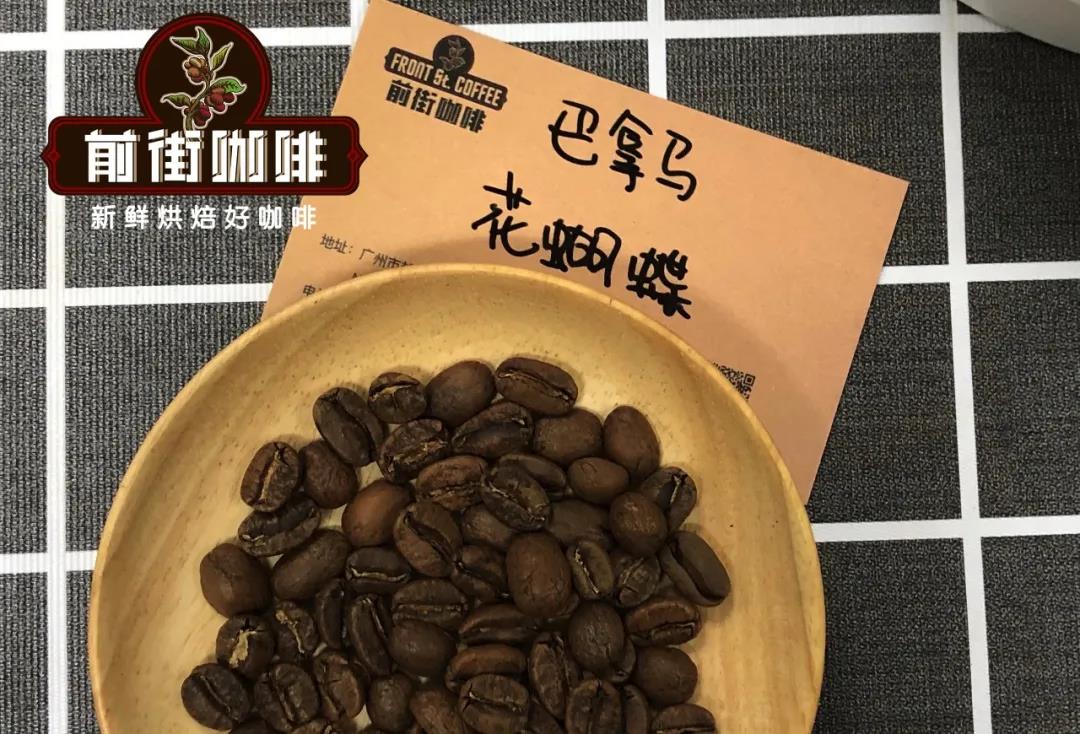
Coffee bean variety
Geisha 、 Caturra 、 Catuai
Kaddura (Caturra) Kaddura is a natural variety of bourbon. It was found on a plantation in the Brazilian state of Minas Gerais between 1915 and 1918. There is a mutation in a group of genes in bourbon planted in the plantation, causing plants to grow smaller (similar to dwarfism). This variety is suitable for planting in the high altitude area from 700m to 1700 m. It has strong adaptability to altitude. The higher the altitude, the better the flavor, but the productivity is relatively reduced.
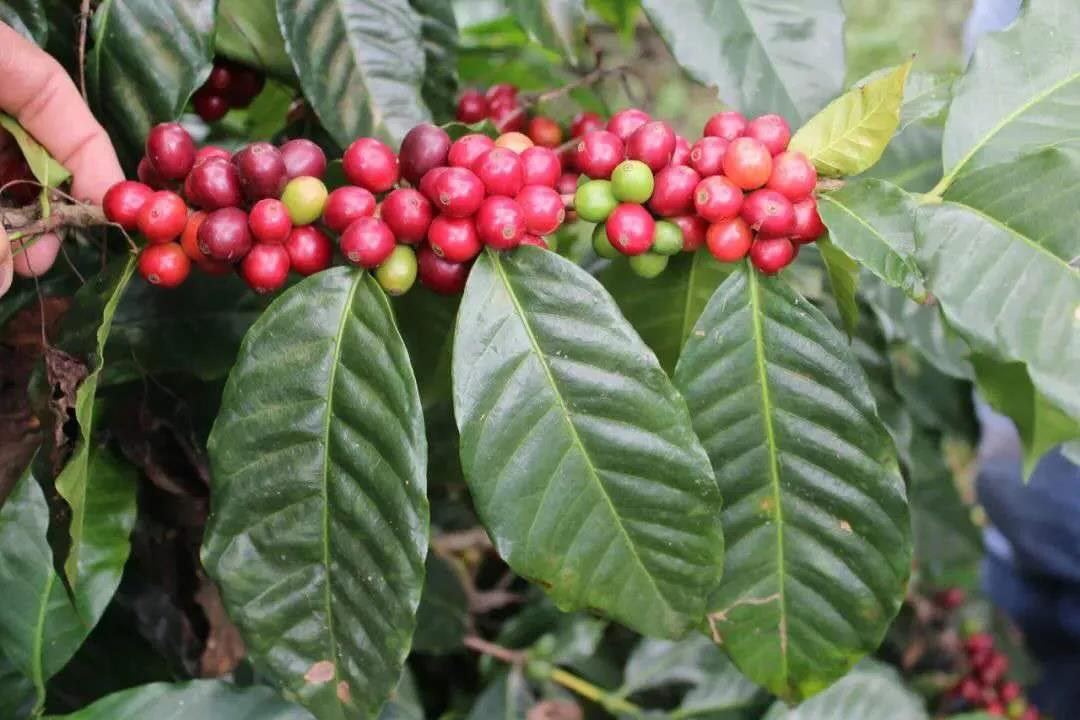
Catuai knows from his name that he has a lot to do with Kaddura. It was artificially bred by the Institute of Agriculture of the State of Sao Paulo (IAC) in Campinas, Brazil, using a hybrid of New World (Mundo Novo) and Huangkadura (Yellow Caturra), originally known as "Hmer 2077". Kaduai inherits the attributes of high yield, strong disease resistance and good cup-tested varieties in the New World, and inherits the attributes of Kaddura's small size, high-quality sour and exposed coffee.
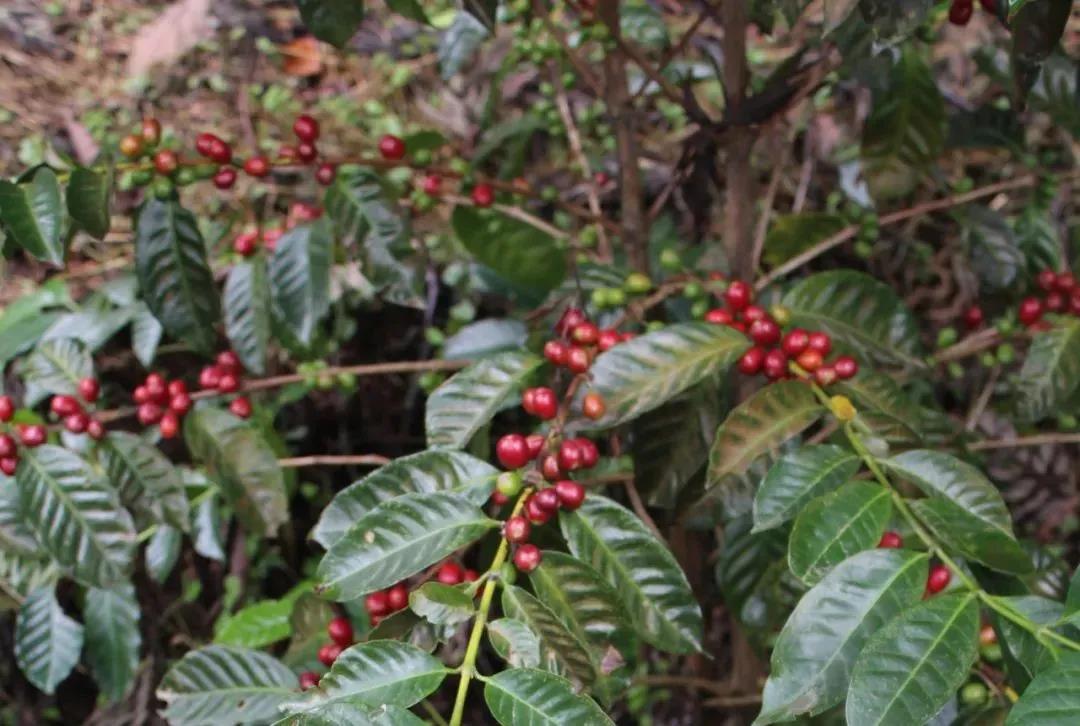
Geisha Rose Summer was discovered in the primeval forest of Ethiopia in 1931. After a series of research and cultivation in different countries, Pachi Serracin, the old landowner of Panama's Don Patch Manor in 1960, brought Rose Summer to Panama from Costa Rica until 2004, when the jadeite manor owner found that there was a faint scent of flowers in the harvested coffee beans, which was very charming, and became famous overnight after taking part in the BOP contest alone. From then on, Rosa coffee beans shone at the front end of the boutique coffee industry. Rose summer is special in that it has very obvious and clear floral and citrus flavor, very high cleanliness, soft and elegant acidity, long-lasting cotton sweetness, and the taste of high-grade black tea. Floral aromas and intense sweetness of tropical fruits, with unique floral and fruity aromas.
Coffee bean treatment
Washed
The Flower Butterfly coffee beans obtained from Qianjie Coffee are treated with water washing. The selected coffee cherries are put into the peeling machine to initially remove their peel and pulp. The raw coffee beans with residual pectin are put into water and fermented for about 24 hours.
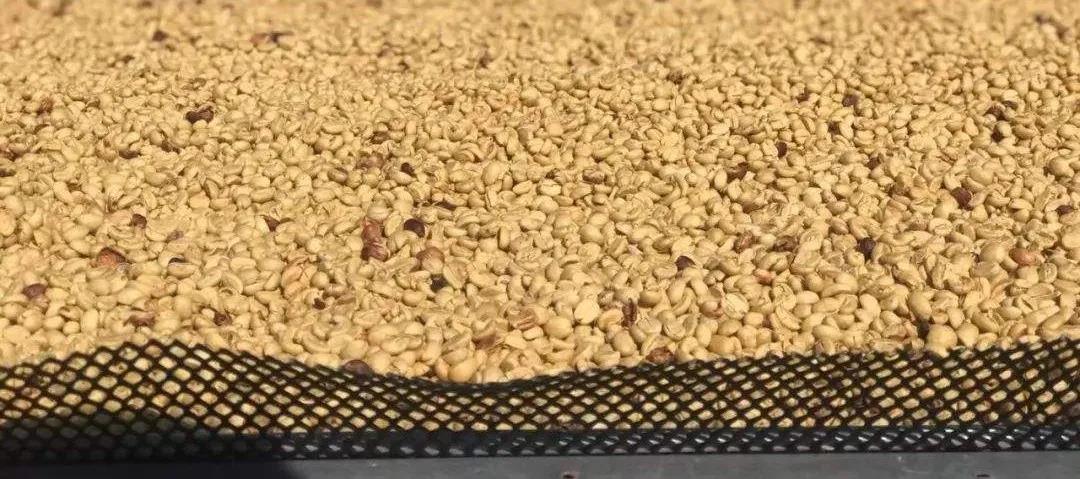
After fermentation, the raw coffee beans with parchment are washed in a mobile tank to remove their pulp and pectin; after cleaning, the coffee beans are dried or dried with the help of a dryer to reduce the moisture content to about 12%. Finally, remove the parchment of raw coffee beans. The water washing treatment can make the rose butterflies have brighter acidity and highlight the floral fragrance characteristics of rose coffee beans.
Qianjie Coffee Baking record
Because of the particularity of this flower butterfly, the Qianjie baker decided to use medium-shallow baking. Due to the high density and high hardness of beans, they began to be dehydrated by high fire, and before the explosion, the fire was put down to reduce the temperature rise and enter the explosion, so as to retain the loss of small molecules such as flower fragrance, so that it does not destroy the unique fragrance of flowers and white grapes, caramel, honey and black tea.
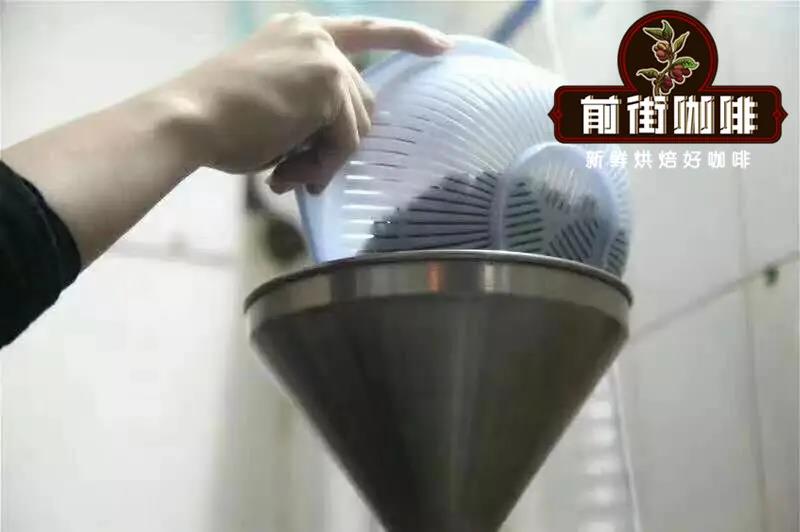
The baking capacity is 550g: the furnace temperature is preheated to 200℃ into the pot, the firepower is adjusted to 160after 30 seconds, the throttle is opened to 3, the temperature recovery point is 31mm, keeping the firepower; the firepower is reduced to 130℃ at 165℃, and the throttle keeps 4 ". After dehydration, the bean surface appears wrinkles and black markings, and the smell of toast changes to coffee, which is a prelude to an explosion. Listen to the sound of an explosion. When the sound of the explosion begins, the throttle is fully open for 5, and the firepower is adjusted to 70 ℃. After an explosion, the development time is 1mm, 39th, 28th, and the pot is 193 ℃.
Coffee cup test report on Qianjie
Qianjie Coffee will be tested within 8-24 hours after the sample beans are roasted. The cup commonly used by baristas in front street is a ceramic bowl with a capacity of 200ml. The water temperature used in the cup test is 94 °C, the grinding degree is controlled as 20 standard screen (0.85 mm), and the passing rate is 70% Mel 75%. Ratio: 11.1 grams of coffee powder plus 200 milliliters of hot water, that is, 18.18, so that the concentration of extraction happens to be within the range of 1.15% Murray 1.35% gold cup, and the soaking time is 4 minutes.
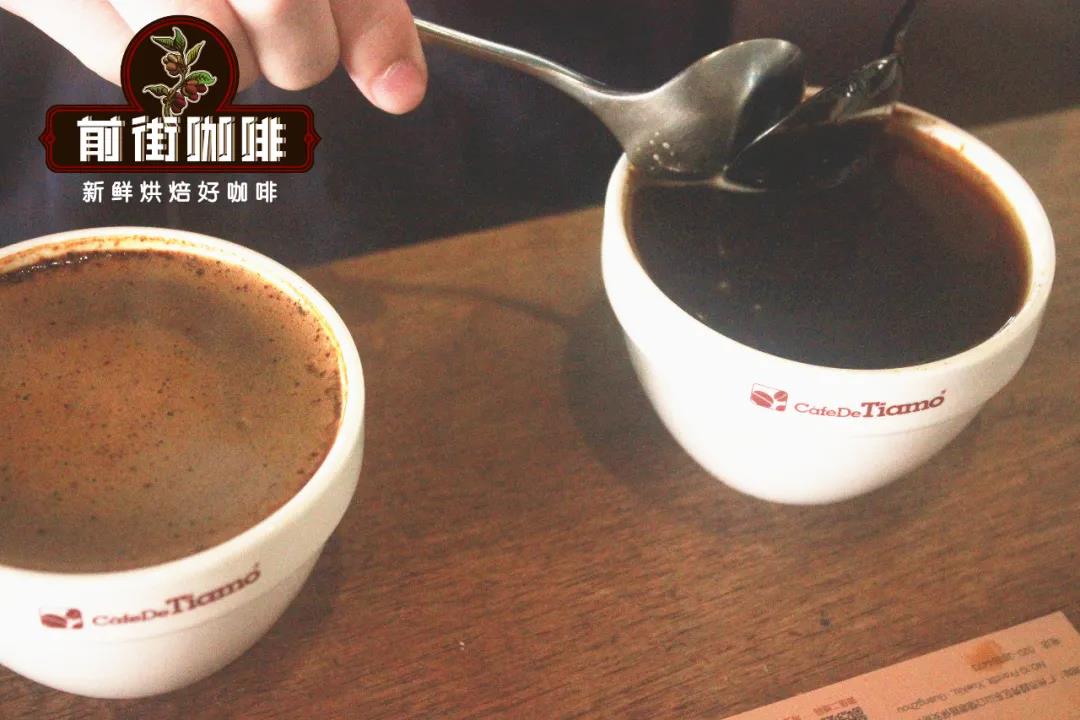
Dry aroma: citrus, berries, flowers
Wet fragrance: citrus, jasmine
Flavor: peach, grape, caramel, honey
Experience of brewing coffee in Qianjie
Filter cup: V600001
Water temperature: 91 ℃
Powder / water ratio: 1:15
Degree of grinding: medium and fine grinding / BG6s (pass rate of Chinese standard No. 20 screen is 80%)
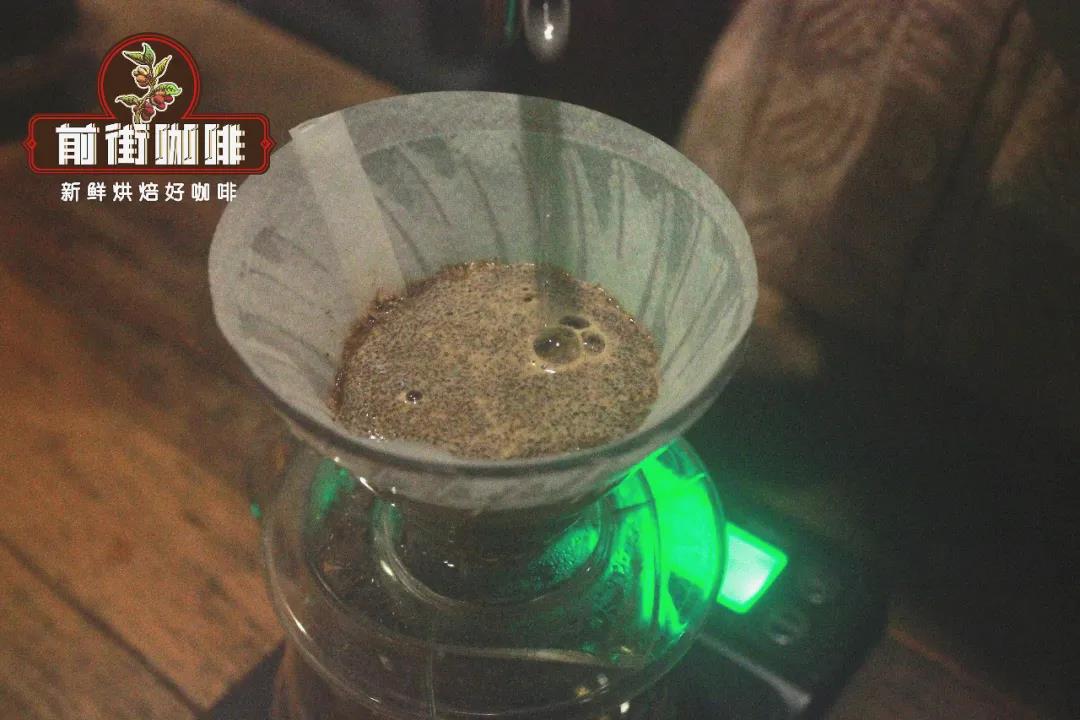
The front street uses segmented extraction: the first stage injects 30 grams of water for 30 seconds, the second stage injects 95 grams of water (125 grams indicated by the electronic scale), about 1 minute 05 seconds to complete the injection, the third stage injects 100 grams of water (225 grams indicated by the electronic scale), about 1 minute 40 seconds to complete the injection; the extraction time, 2 minutes and 10 seconds, remove the filter cup to complete the boiling.
Brewing flavor: floral aroma, black tea, berries, citrus, slightly nutty finish, smooth taste, low bitterness, moderate acidity, middle finish, etc.
For more boutique coffee beans, please add private Qianjie coffee on Wechat. WeChat account: kaixinguoguo0925
Important Notice :
前街咖啡 FrontStreet Coffee has moved to new addredd:
FrontStreet Coffee Address: 315,Donghua East Road,GuangZhou
Tel:020 38364473
- Prev
Panamanian Emerald Manor Coffee beans Diamond Hill series how to distinguish between Kaddura and Kaduai coffee beans
Professional coffee knowledge exchange more coffee bean information Please follow Coffee Workshop (Wechat official account cafe_style) I believe everyone is familiar with the rose summer coffee beans of Jadeite Manor, which is divided into three brands: Esmeralda Special, Private Collection, Geisha 1500, commonly known as red standard, green standard and blue standard. Cymbal
- Next
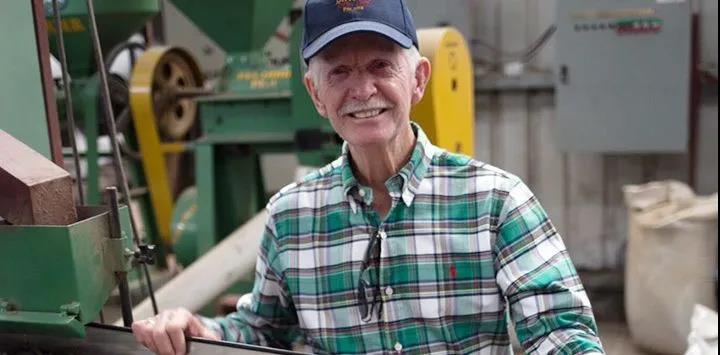
Differences between Jensen Manor and Emerald Manor Rose Summer Coffee beans in Walken area of Panama
Professional coffee knowledge exchange more coffee bean information please follow the coffee workshop (Wechat official account cafe_style) if the emerald estate in Pocket of Panama has the largest output, then Jensen Manor in Walken is the second largest. A few articles before Qianjie introduced the coffee manor in the Pokuit area. I believe everyone is no stranger to the Pokuit area.
Related
- Beginners will see the "Coffee pull flower" guide!
- What is the difference between ice blog purified milk and ordinary milk coffee?
- Why is the Philippines the largest producer of crops in Liberia?
- For coffee extraction, should the fine powder be retained?
- How does extracted espresso fill pressed powder? How much strength does it take to press the powder?
- How to make jasmine cold extract coffee? Is the jasmine + latte good?
- Will this little toy really make the coffee taste better? How does Lily Drip affect coffee extraction?
- Will the action of slapping the filter cup also affect coffee extraction?
- What's the difference between powder-to-water ratio and powder-to-liquid ratio?
- What is the Ethiopian local species? What does it have to do with Heirloom native species?

